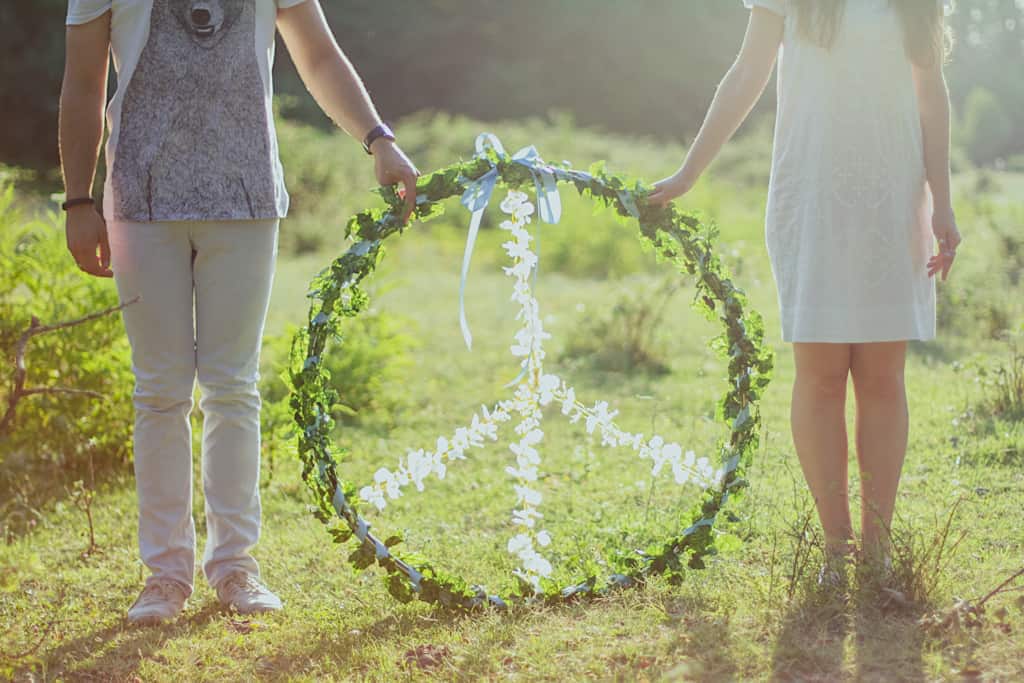What are Niyamas?
In addition to movement and meditations, Yoga includes lessons “off the mat.” Traditionally, the Yoga virtues are divided into two categories, Yamas (how you relate to the world) and Niyamas (how you relate to yourself). These ideas have been modified and translated into “kid-friendly” terms.
Niyama has to do with self-discipline and spiritual observances. Regularly attending temple or church services, saying grace before meals, developing your own personal meditation practices, or making a habit of taking nature walks are all examples of niyamas in practice. The five kid-friendly niyamas are:
- Discipline to care for self/Self-Esteem
- Moderation/Patience/Gratitude
- Self-Love/Faith/Compassion
- Concentration/Self-Study/Observation
- Connect to True Self/Inner Wisdom
What are Yamas?
In addition to movement and meditations, Yoga includes lessons “off the mat.” Traditionally, the Yoga virtues are divided into two categories, Yamas (how you relate to the world) and Niyamas (how you relate to yourself). These ideas have been modified and translated into “kid-friendly” terms.
Yama deals with one’s ethical standards and sense of integrity, focusing on our behavior and how we conduct ourselves in life. Yamas are universal practices that relate best to what we know as the Golden Rule, “Do unto others as you would have them do unto you.” Or even better, the Platinum Rule, “ Treat others the way THEY want to be treated.” The five kid-friendly yamas are:
- Mindfulness/Peaceful/Gentle/Kind
- Truthfulness/Honesty
- Integrity/Respect Ownership
- Self-control
- Generosity/Sharing/Taking turns
Hold the pose. Breathe. Keep your composure.
That was the mantra in my adult Yoga class the before the Shelter in Place/Stay at Home order. Now it’s taken on a completely different meaning. This is another moment where yoga on the mat translates to yoga off the mat.
The IYK® System introduces and emphasizes evidence based research practices for children from newborn to adolescence. It grounds kids in the skills they need to thrive in today’s world - and the world we have yet to know. Yoga is the most effective sustainable activity throughout childhood and it works for every ability. It encompasses the powers of movement, mindfulness, meditation and mindset practice that is not yet broadly taught in schools, sports, in the arts or at home.
It is a method we can rely on when everything is going well to improve our performance equally as when things are falling apart and we’re deeply uncertain. It helps us release energy and be calm so we can focus, think more clearly and make better decisions.
And while it’s fun, it’s no laughing matter. Kids of all ages need Yoga now more than ever!
I’m impressed and grateful for the factual and flavorful reporting at New York Times Parenting. Recently, they recommended kids yoga as support during COVID-19.
They highlighted Cosmic Kids, a theatrical approach to kids yoga. Now gone viral, it’s a great entry point to kids yoga. We’re delighted because more kids doing yoga is good! However, we’re concerned that this style and much of kids yoga lacks the quality elements required to make it effective, sustainable and ultimately to yield its life-long benefits beyond a fixed story.
I wonder if kids yoga is being reduced to an entertainment-based “fun phase” in childhood rather than a lifeline that evidence-based research indicates it can be.
Over the last 15 years of teaching the IYK® Signature System, we’ve found that kids are their own creative geniuses! We employ an interactive co-creative approach to yoga. Arguably, it’s more advantageous to the developing brain than acting out someone else’s fantasy. With a solid foundation in yoga, including breath, movement, and stillness, the possibilities are endless and they grow with the body and brain in each stage of development.
With this spiral learning approach, kids yoga doesn’t phase out at age 9 or younger and instead becomes a life long skill set that kids need in middle school and high school when things really get tough academically, socially, athletically and even artistically. Further, at these ages when kids need the benefits of exercise and mindfulness most, research shows children’s physical activity drops sharply from age 9 to 15. Let’s keep kids having fun moving and breathing with proven practices for body, mind and heart at EVERY age!



